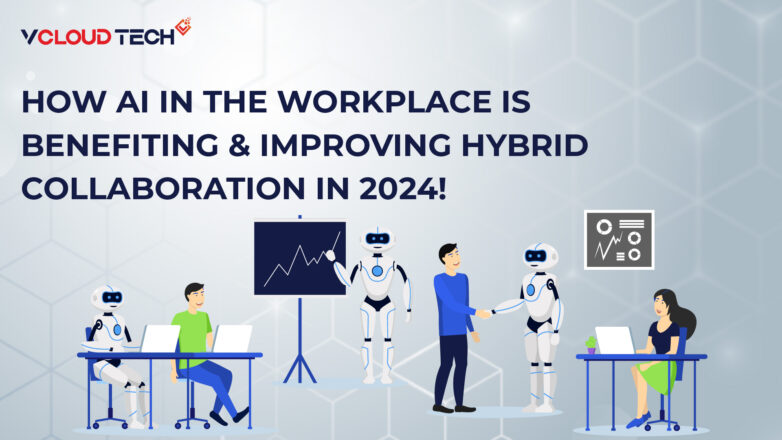A cloud migration occurs when a firm moves some or all of its data center capabilities to the cloud, typically to run on a cloud service provider’s cloud-based architecture, such as AWS, Google Cloud, or AZURE. As more and more businesses migrate to the cloud, cloud migrations are becoming more common. Cloud migration services help companies migrate data, product applications, and other business management documents from on-premise servers to the cloud.
Cloud migration services are used to move data and programmed from on-premise servers to a more efficient and secure environment in the cloud. The Cloud Migration Consulting is all about finding solutions that provide the most value with the least amount of effort. We can handle all technical, service, and commercial aspects of transferring legacy systems to the cloud, ensuring that data and applications are migrated smoothly and safely, and that your new cloud infrastructure is properly integrated.
We can also recommend and implement migration methods for moving data, applications, and other mission-critical business pieces from an on-premises environment to the cloud, or from one cloud service environment to another. A successful cloud migration plan should be founded on important first stages to ensure that firm’s inventory, appraise, stage, and secure their data in order to balance compliance, privacy, security, risk, and cost and efficiency issues.
1. Cloud Migration Planning:
Recognizing the use case for which the public cloud will be used is one of the first tasks to take before transferring data to the cloud. It’s vital to examine your environment at this point and figure out what elements will control the migration, such as critical application data, legacy data, and application interoperability.
It’s also important to figure out how reliant you are on data: do you have data that has to be synced on a regular basis, do you have data compliance standards to meet, or do you have non-critical data that can be migrated in the first few runs of the migration. Identifying which data has to be migrated and when, if the data requires any scrubbing, the type of destination volumes to use, and whether you’ll need data encryption both at rest and in transit can help you design a good plan for the tools you’ll need during migration.
2. Migration Business
Understand the necessary services offered by cloud providers and other partners, as well as their costs, once you’ve defined your business requirements. Determine the predicted advantages of cloud migration in terms of three dimensions: operational advantages, financial reductions, and architectural upgrades.
Create a business case for each application you want to move to the cloud, comparing the cloud’s predicted total cost of ownership (TCO) against the current TCO. Consult with cloud providers to learn about cost-cutting possibilities for your projected cloud implementation. Cloud providers have a variety of pricing strategies, with large discounts available in exchange for a long-term commitment to cloud resources (reserved instances) or a commitment to a specified level of cloud spending (savings plans). To understand the full long-term cost of your cloud migration, you must factor in these savings into your company plan.
3. Cloud Data Migration Execution
It’s time to put your migration plan into action after your environment has been appraised and a strategy has been devised. The major objective here is to complete your migration with the least amount of downtime, at the lowest expense, and in the shortest amount of time possible.
You risk disrupting your business operations if your data becomes inaccessible to users during a relocation. After the initial migration, you can continue to sync and update your systems in the same way. Before migrating another workload element, each individual workload element should be proved to work in the new environment. You’ll also need to figure out how to keep changes to the source data synchronized while the migration is in progress.
4. Ongoing Upkeep
Once the data has been moved to the cloud, it’s critical to make sure it’s optimized, secure, and accessible in the future. It also aids in the monitoring of vital infrastructure in real time and the prediction of workload contention.
You should check the security of data at rest in addition to real-time monitoring to ensure that working in your new environment complies with regulatory compliance regulations such as HIPAA and GDPR. Meeting continuing performance and availability criteria is another aspect to bear in mind if your RPO and RTO objectives alter.
Thinking about the Cloud Migration Consulting and have any licensing query to ask? Reach out to us and book a Free Consultation with vCloud Tech or chat with one of our representatives. Connect with us on Twitter, Facebook, Instagram, and LinkedIn for more information.









